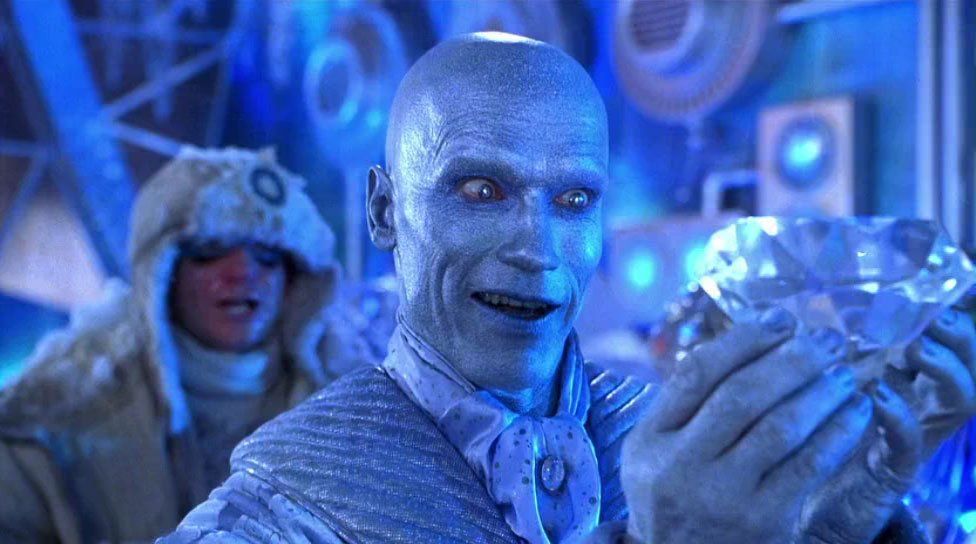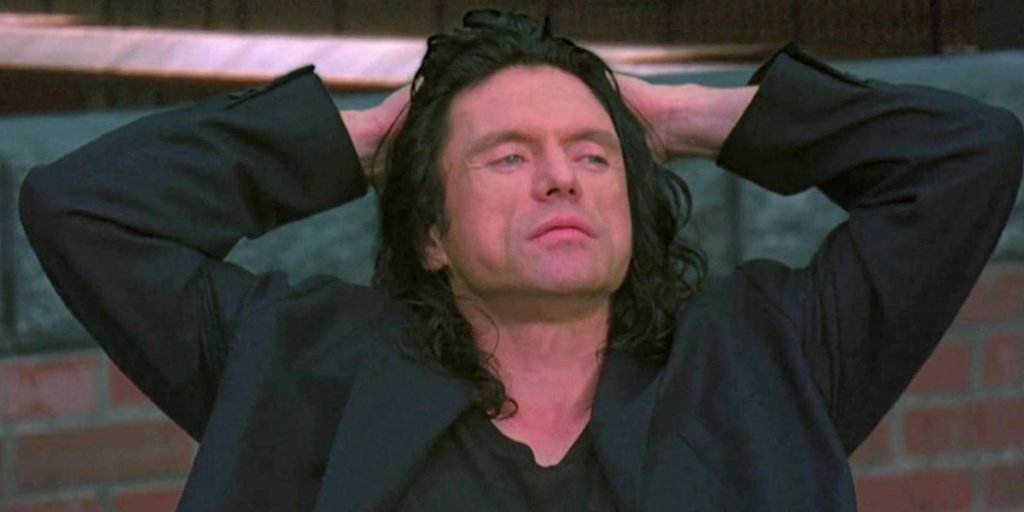Bad films, whether embarrassing displays of cinematic incompetence or misunderstood masterpieces, deserve our attention, interest, and maybe even love. Here’s why there is value in them!
Too often, bad films are given a bad reputation. We’re told that if a film is “bad,” it must be avoided at all costs and that our attention is best spent only watching good films. A poor rating or review of a film is meant to be a warning sign to stay away while a glowing opinion is meant as a welcome invitation. But what even makes a film “bad?” Could so-called bad films have as much value as traditionally good films and be worth equal attention and fascination?
Ultimately, taste is subjective, so there’s no single or even correct way to define what makes a film “bad,” but there are a few characteristics we can look at to determine why that label is given. Typically, we might imagine a low-budget catastrophe—shoddy special effects, dodgy CGI, graceless cinematography, sloppy editing, or even worse, a combination of all of those. Low quality production design is the most visible sign, the absence of visual expertise and competence the most obvious cinematic crime to our eyes. Other significant misdemeanors are flat story and character that fail to rouse and engage us, as well as wooden, unnatural, or excessively melodramatic dialogue and performances, stiff or contrived narrative elements that draw too much attention to a film’s own artifice and threaten to collapse the veneer of a convincing fictitious reality or logic. But the worst culprits of all? Boredom and apathy. A boring film signals supreme disappointment, refusing to even bother engaging the audience in its story and characters. Even worse are apathetic, tired films that demonstrate no passion or even interest in filmmaking, films that feel like they were a chore to produce rather than something a director actually wanted to make. Who would want to watch that?

 loudandclearreviews.com
loudandclearreviews.comHowever, good and bad films really come down to the issue of taste. Films in poor taste are traditionally considered the worst of the worst—think much of lower-budget genre cinema or films with morally or socially objectionable content, those damnations deserved or not. Taste ultimately decides which films are deemed acceptable by our cultural establishments—it’s easy to see why so many middling, forgettable period dramas receive nominations and wins at awards season every year instead of the more artistically and thematically daring films deserving of proper attention and praise, whether they’re traditionally “good” or not. It’s why genre cinema, often a cinema of the body is deemed “low culture,” as opposed to the cinema of the mind deemed “high culture,” even as many genre films successfully reconcile the two. It’s why films are criticized for their story or aesthetics being too “emotionally manipulative” or “overly melodramatic” nowadays, as sentimentality and extroverted displays of emotions are now in poor taste, subtlety too often found in contemporary films’ cinematography, storytelling, and music.
It’s easy to make a case against bad films. We want cinema to offer us spectacular visual experiences, gripping stories, captivating performances, and a perfect product where every piece contributes to a satisfying whole. When a film fails to accomplish any or all of those, it’s easy to be disappointed and feel cheated if we’re promised more than we receive. Yet not everything can be perfect and films are easily vulnerable to flaws, imperfections, and catastrophe. And these flaws, imperfections, and catastrophes are exactly why bad films deserve to be seen. It’s always intriguing to watch where a film goes wrong, where a novel premise collapses under the artistic architecture of its execution, where visual and narrative storytelling fail to complement one another, where an imagined vision becomes lost.
It’s an ideal learning experience—if good films can teach us how to use visual methods to tell engaging stories, then bad films can show us the pitfalls to avoid. Stories of chaotic productions add an extra dimension of real-world context and intrigue into the final product and let us see where a film goes off the rails and descends into chaos. There’s an inherent enjoyment in watching a cinematic disaster unfold, witnessing a film’s descent into ridiculousness that at its best, finds the self-confidence to revel in its own absurdity. There’s a certain entertainment value only seen in these kinds of films—it’s one thing to laugh with a film, it’s another to laugh at it. Cheesy dialogue and overwrought performances never fail to provide comedic delight, intentional or not, and in my experience, always makes for a memorable watch especially with an audience.

Most importantly, bad films challenge our understanding of cinema and make us reevaluate what makes a film “good.” If a film is superficially bad with undesirable details of dialogue, performance, or visuals, but has a complex, visionary emotional and narrative core, is it necessarily “bad?” There are plenty of beautiful disasters and flawed masterpieces that have value because they transcend traditional notions of “good” and “bad,” films with driving vision that don’t quite reach the lofty heights they seek to achieve, but are nonetheless admirable and inspiring in their ambition. Bad films also make us rethink taste and call into question the judgement of the tastemakers who deem certain films or genres acceptable and unacceptable, and even more dangerously, challenge the norms and ideals of what cinema should be. So what if a film’s surface elements fail to achieve perfection or even competence, or if a film pushes boundaries and confounds common taste? If a film entertains us, presents a compelling and thrilling story, or engages the emotions and the soul, isn’t that all that should matter, labels of “good” or “bad” be damned?

